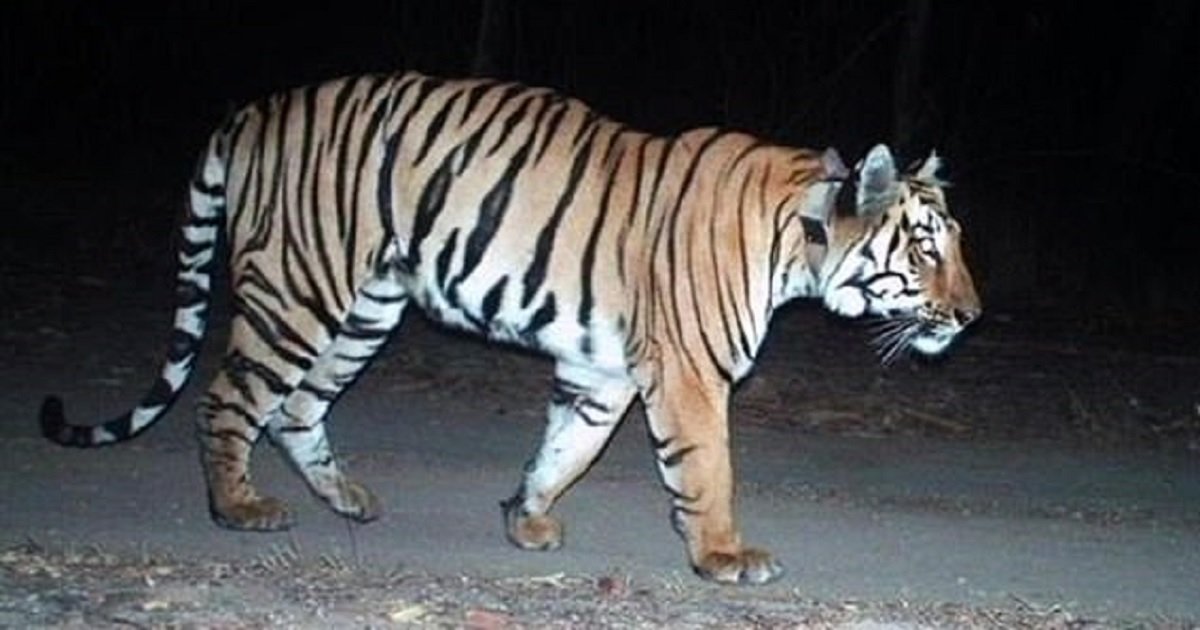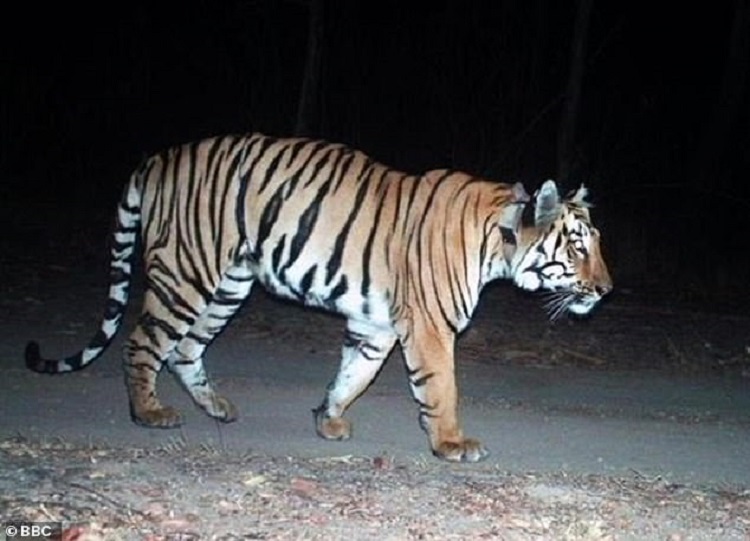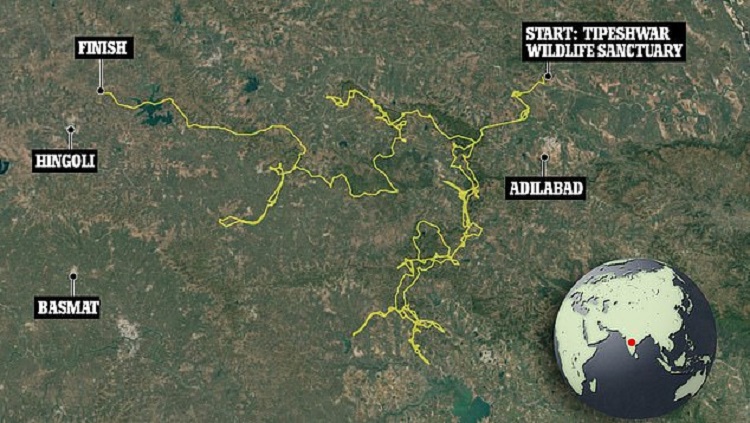How far would you go for love? For those who are single and in search of a partner, they’d probably reply, “As far as needed.
” In fact, there have been people in long-distance relationships who have traveled thousands of miles to another country just to be with their partner.
This is perhaps why people have been captivated by a tiger in India who went on the “longest walk ever” and traveled 807 miles to find a mate while feasting on wild pigs and cattle along the way in order to survive.
The tiger, which was named C1, was at a wildlife sanctuary located in the western state of Maharashtra when it was fitted with a radio collar in February before being released in June.
The two-and-a-half-year-old male had been tracked crossing highways, farms, and even reached a neighboring state before coming back to the area.
The tiger only came into contact with humans a single time throughout its five-month journey. A person was “accidentally” injured by the tiger after the group the person was with stumbled into an area where the tiger was resting.
According to experts, in order to ensure a food bank, a breeding and prey population of 500 is needed. The tiger likely prowled far and wide because it couldn’t find that food bank in the area he was in.
The BBC reported that C1 was one of three male cubs that were born at the Tipeshwar sanctuary. Ten other tigers from the state currently live at the sanctuary.
After his release, C1 wandered around the forests before moving off to “find a suitable area to settle.”
According to officials, the tiger did not journey in a “linear manner” and he ended up at another wildlife sanctuary in Maharashtra. According to the data, the tiger visited over 5,000 locations over nine months.
Dr. Bilal Habib, a senior biologist at the Wildlife Institute of India, said: “The tiger is possibly looking for territory, food, and a mate. Most of the potential tiger areas are full and new tigers have to explore more.”
He added that the accidental injury shouldn’t worry people too much and said most “people don’t know when a tiger is traveling in their backyard.”
Still, wildlife officials are contemplating whether the tiger needs to be captured and relocated so that “untoward accidents” can be avoided.
So far, the radio collar’s battery has been drained by 80 percent and officials are worried they may lose track of the tiger.
Replaced!




